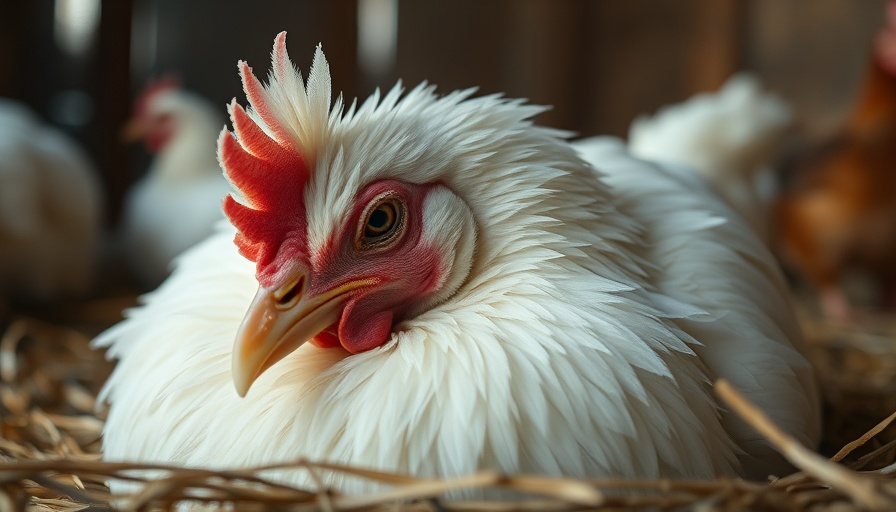
Understanding the Surge of Bird Flu in India
In 2025, India has witnessed a worrying resurgence of bird flu, officially known as avian influenza, with 41 outbreaks reported across ten states including Maharashtra and Chhattisgarh. The rise of this virus has sparked serious concerns regarding both the poultry industry and public health. Notably, strains such as H5N1 pose significant risks, as they have the potential to infect humans and cause severe illness.
Symptoms and Prevention: What You Need to Know
People should be vigilant about recognizing the symptoms of bird flu, which may include fever, cough, sore throat, and muscle aches. In addition, it's essential to adopt preventive measures, particularly for those in close contact with poultry. Cooking bird meat thoroughly and avoiding contact with sick birds is highly recommended. Public health experts stress that these measures are crucial to mitigate the spread of the virus among the population.
The Importance of Awareness and Reporting
Heightened awareness on bird flu is not just about individual safety; it can significantly influence the management of livestock health standards throughout the country. Keeping track of outbreaks and reporting them swiftly can help authorities implement measures to control the spread of the virus effectively.
Community Education and Engagement
Community education plays a pivotal role in combating bird flu. Workshops and educational resources can empower local populations to understand the risks associated with avian influenza. As outbreaks rise, the public's awareness can enhance proactive measures to protect both poultry livelihoods and human health.
Conclusion: Stay Informed and Safe
As bird flu outbreaks surge in areas across India, staying informed and engaged with local health advice is critical. By understanding the symptoms, prevention strategies, and the importance of reporting, communities can better safeguard their health and economic stability. Continued vigilance and adherence to public health guidelines can help mitigate this emerging health crisis.
 Add Row
Add Row  Add
Add 




Write A Comment